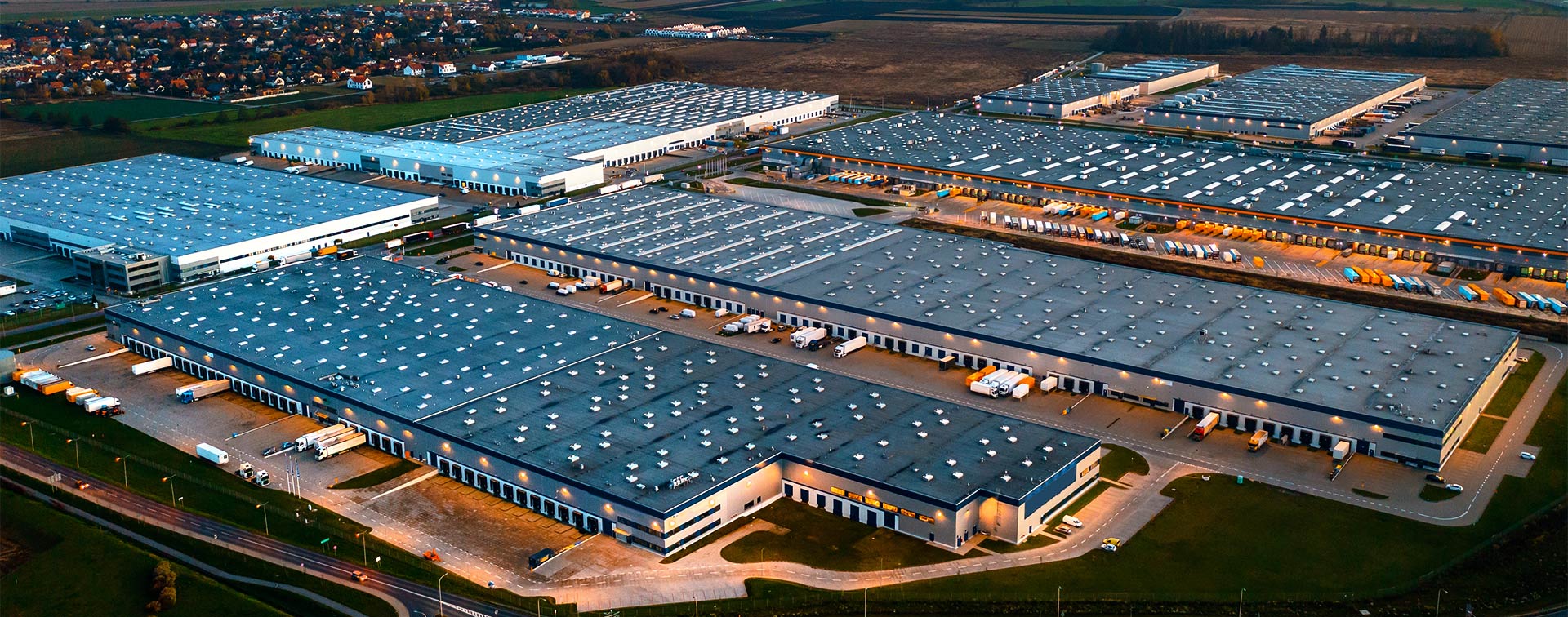
Poor Adoption Leads to Poor Results: You Need Training & Change Champions
Poor ERP adoption can cripple your business. Discover how better training and user engagement can turn your ERP into a powerful tool for success.

Poor ERP adoption can cripple your business. Discover how better training and user engagement can turn your ERP into a powerful tool for success.

Manufacturing and field service go hand in hand. Learn how integrating these operations boosts efficiency, reduces costs, and improves customer satisfaction.

Discover key strategies for Australian manufacturers to thrive. Learn how to enhance efficiency, cut costs, and drive success in a competitive market.

Create a culture of change with effective tech and change management strategies. Discover how to lead your team smoothly and successfully.
Efficient inventory management is crucial for medical device manufacturers and suppliers. NetSuite and Klugo offer solutions to optimise operations.
Efficient inventory management is crucial for medical device manufacturers and suppliers. NetSuite and Klugo offer solutions to optimise operations.
Implementing ERP? Helpful advice by Klugo, experts in field service and manufacturing ERP implementation, data migration and stakeholder management.
Having too much confidence in yourself can often be at odds with reality. Set effective objectives, goals and targets to avoid falling off a cliff.
Having too much confidence in yourself can often be at odds with reality. Set effective objectives, goals and targets to avoid falling off a cliff.
Mission and Vision are the glue that hold businesses past founders leadership. As business grow, they are the compass thowards ‘why’, ‘what’, and ‘how’.
We can simplify your work. Schedule an obligation-free consultation and discover a tech partner that listens, aligns, and delivers.
We engage and connect.
We take time to understand.
Personalised ERP approach.
We schedule a chat, and a discovery session.
We run scoping workshops and demos.
We prepare a proposal tailored to your needs.
Save $1,000AUD worth of consulting.
